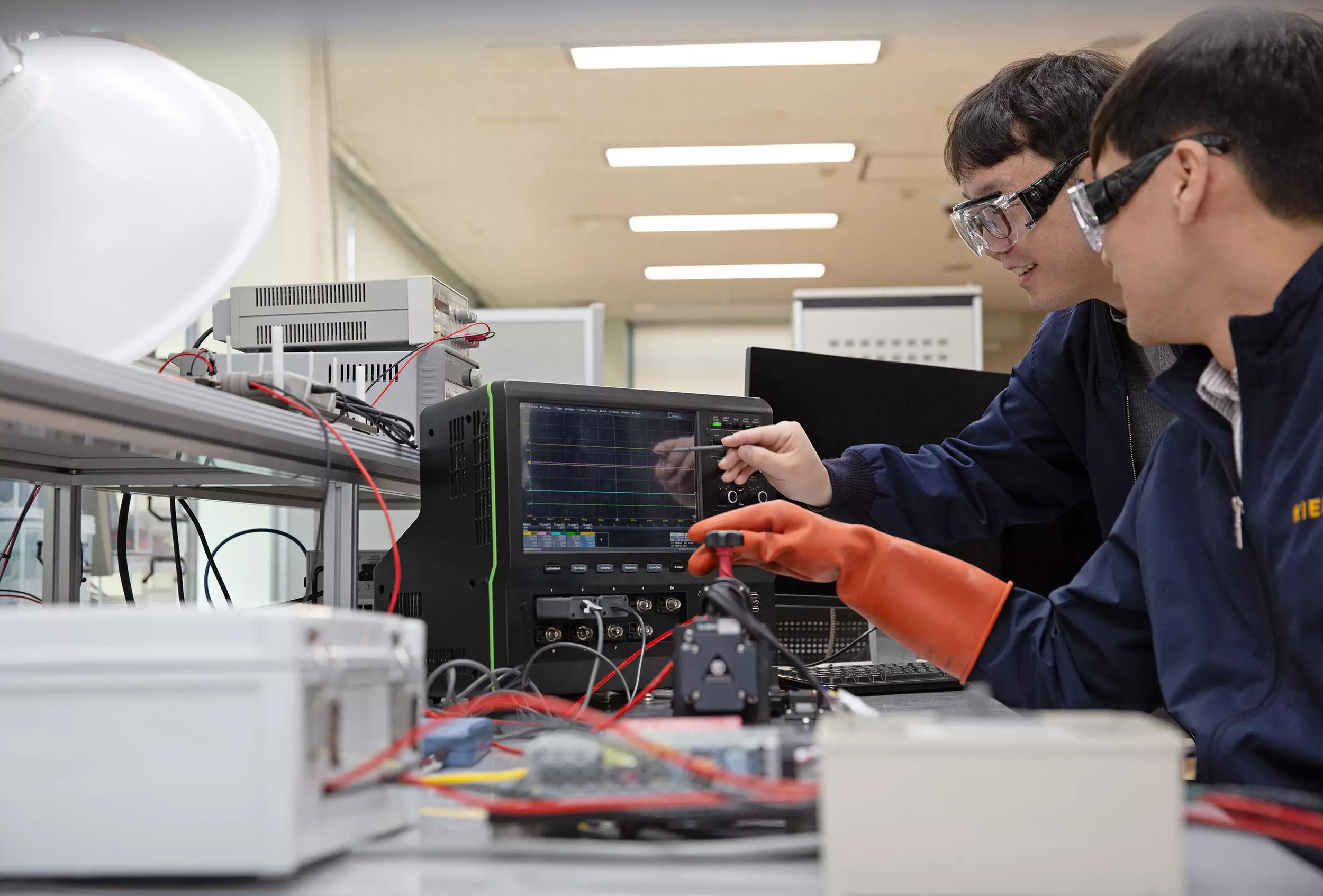The traditional approach to building energy management has been one of passive monitoring and manual operation, leaving room for inefficiencies and high energy costs. However, a research team led by Dr. Jeong Hak-geun at the Korea Institute of Energy Research (KIER) has developed a groundbreaking platform technology that is set to transform the way buildings consume and manage energy.
Buildings are no longer just passive consumers of energy; they are now being looked at as potential energy producers and savers. With the increasing focus on carbon neutrality and renewable energy solutions, it has become imperative to optimize energy consumption in buildings. The existing Building Energy Management System (BEMS) technologies fall short in efficiently managing the diverse distributed resources within buildings and addressing real-time malfunctions.
The research team at KIER has developed a platform technology that utilizes artificial intelligence and probabilistic/statistical methods to manage the real-time malfunctions and operating status of distributed resources within buildings. This technology automates the analysis of operating conditions, fault diagnosis, and resource operation optimization in real time, leading to increased efficiency and reduced energy costs.
One of the key features of this platform is its fault detection accuracy of over 98% for distributed resources. By collecting and analyzing various types of data, the research team was able to achieve an impressive level of accuracy in detecting faults. Additionally, the platform incorporates next-generation secure communication technologies using quantum cryptography and quantum-resistant cryptography to ensure robust security against cyber attacks.
Another important aspect of this platform is its autonomous operation technology, which enables the system to respond to and recover from various faults in distributed resources. By implementing a nonlinear optimization algorithm, the platform can optimize operations among distributed resources in real-time, allowing for immediate derivation and operation of the optimal utilization plan when a fault occurs.
Verification and Results
After a year of verification in a mock-up testbed, the research team confirmed that the platform technology resulted in more than 17% energy cost savings compared to existing building energy management systems. Additionally, the team has produced significant research outcomes, including multiple patent applications and technology transfers. They are now gearing up for commercialization.
Dr. Jeong Hak-geun, the lead researcher, highlighted the versatility of the platform, stating that it can be applied to various types of buildings such as offices, factories, and hotels. With its sophisticated algorithms and real-time fault management capabilities, this platform is poised to revolutionize the way buildings consume and manage energy.


Leave a Reply